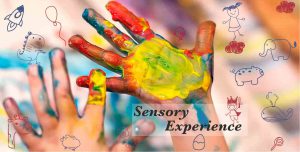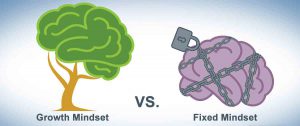Using scissors to cut the papers in some shape or tearing paper is a amazing fine motor activity for kids. These activities require strength and endurance of the small muscles in the hand. These intrinsic muscles are important in so many fine motor skills.
What is Fine Motor Skills ?
The opening and closing motion of cutting with scissors or tearing papers in numerous shapes helps kids develop the little muscles in their hands otherwise referred to as fine motor skills. These muscles are crucial for holding a pencil or crayons and gripping and manipulating objects. When paper is torn or cut with scissors, the hands assume a great tripod grasp which is effective and a mature grasp for writing and colouring. The non-dominant hand is assisting in the tearing and encourages appropriate assistance for tasks like holding the paper while writing, and managing paper while cutting with scissors.
Little hands need to develop dexterity and strength. We, as parents or caregivers, can help this process by encouraging children to play, explore and interact with a variety of items. Toys, clothing fasteners, safe scissors and play dough are all tactile examples of practices that facilitate fine motor development.
These Art activities actively engage toddler’s creativity & imagination through colors, shapes and patterns.

What abilities does these activities develop?
- What abilities does these activities develop?
- Use the hands together in a leading and helping way. The leading hand holds the scissors & makes cutting movements, the helping hand holds & manoeuvres the paper.
- Isolate or combine movements of the thumb, index and middle fingers, and to keep these fingers moving separately from the ring and little fingers.
- Coordinate arm, hand and eye movements towards an end goal
- Keep the joints in the wrist, elbow and shoulder stable, so that the scissors can be well controlled. Balance, seating and joint stability all contribute to this. Joint stability can be related to strength
Skill Enhancement
- Hand strength and dexterity.
- Social integration
- Sequencing
- Hand eye coordination
- Attention
- Postural stability

